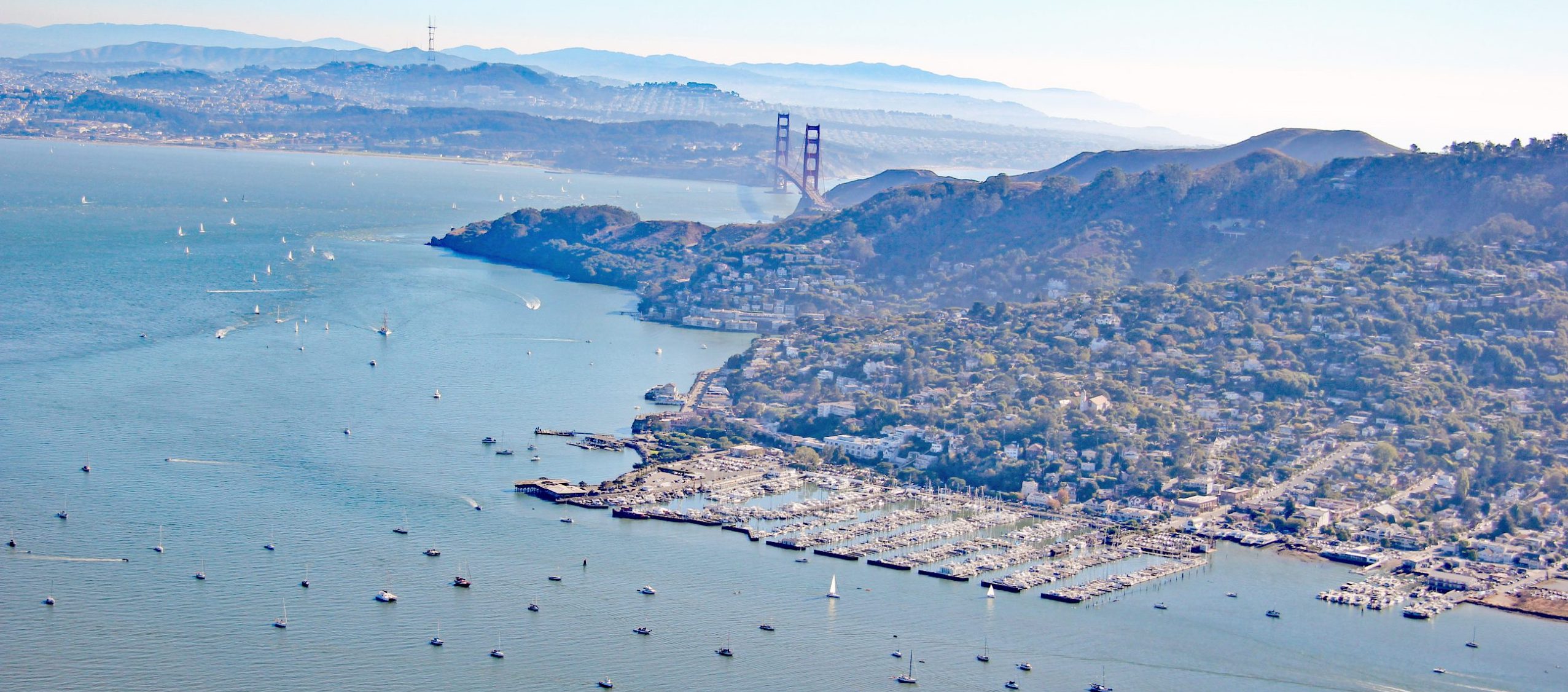
Welcome to Marotta Yachts of Sausalito
Sausalito, home of Marotta Yachts, is the gateway to San Francisco Bay, one of the premier yachting grounds in the world. While many brokerages boast of national or worldwide reach, we believe there’s plenty of opportunity right here and focus on the Bay area with a particular emphasis on Sausalito.
And while some brokerages specialize in new boats or mega yachts and we have brokered yachts of well over 100′, most of our clients are interested in boats in the 30′-60′ range, preferably with a downtown slip here. We knowledgeably and objectively advise both buyers and sellers in this vibrant middle market, and have been consistently successful year in and year out.